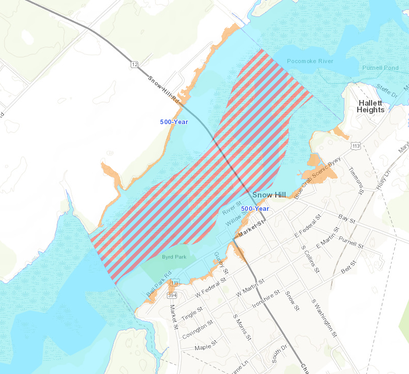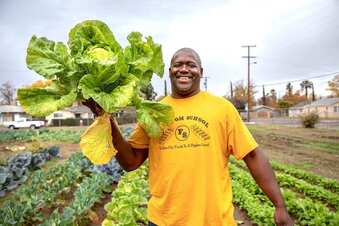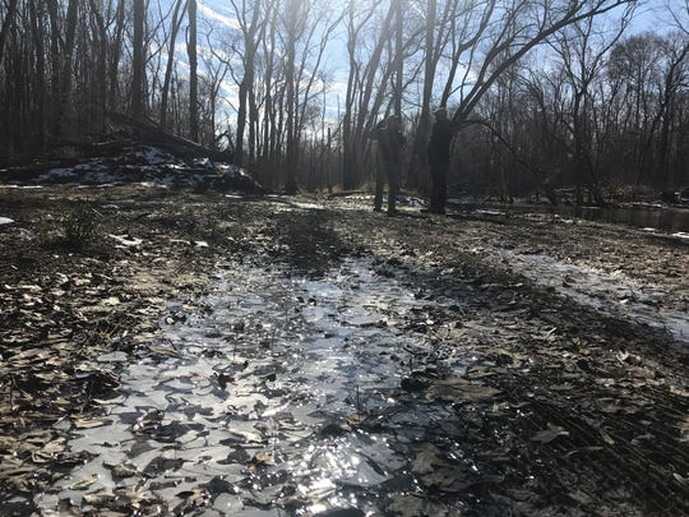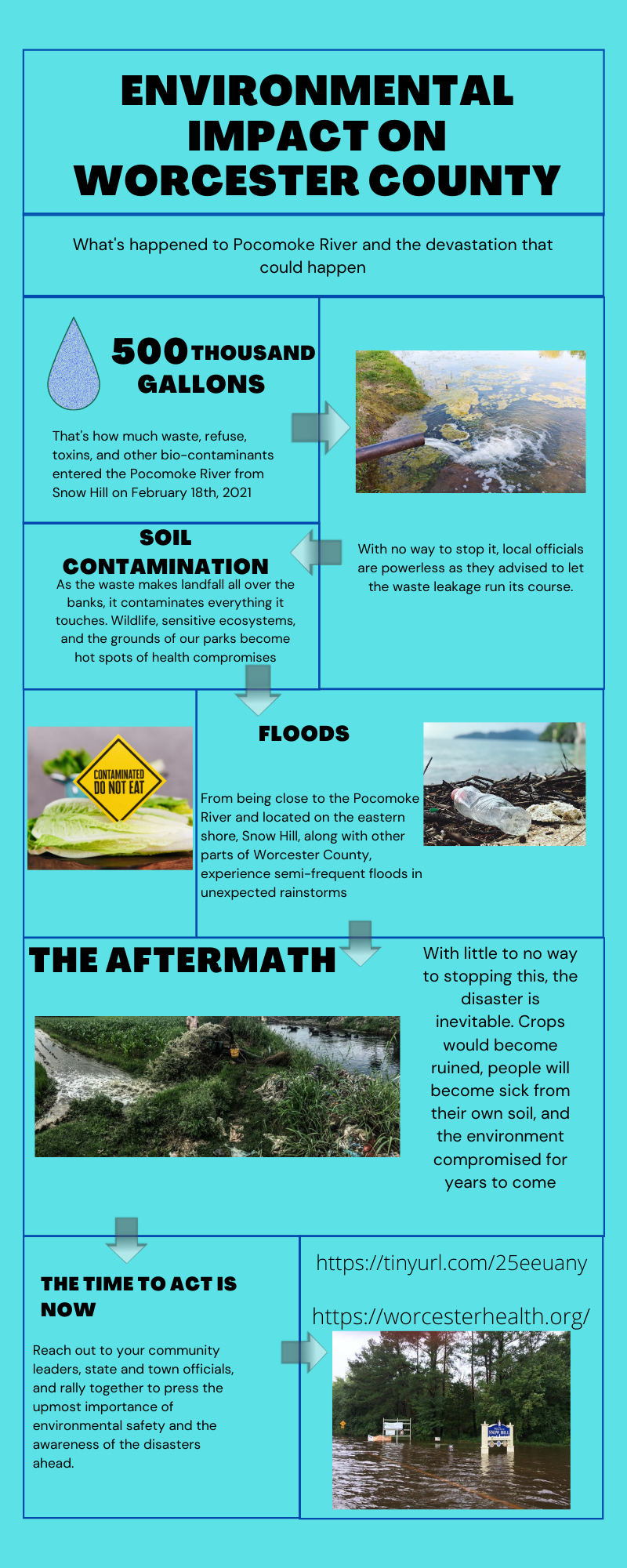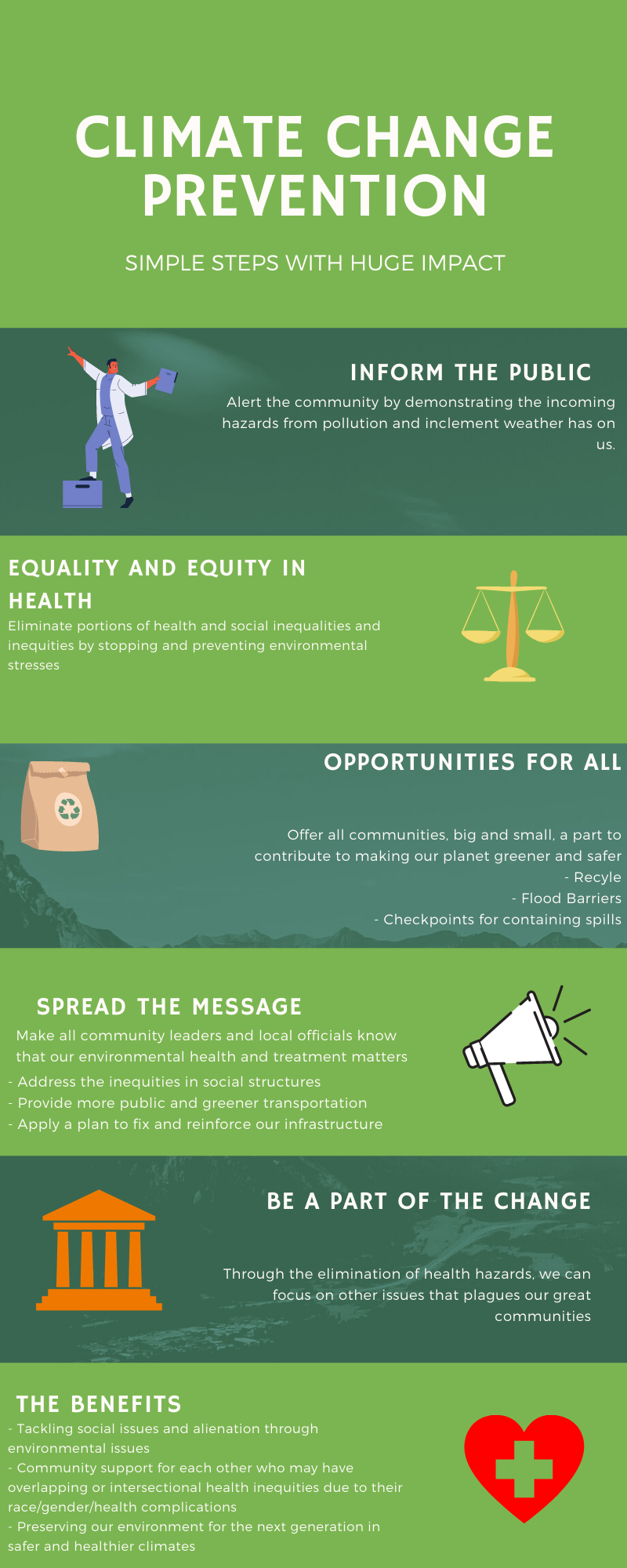The changing of the weather  While I will reserve most of my opinions of the topic such as climate change to myself, I will address some of the more real, tangible difficulties that the weather, land and pollution puts on our communities. To my community, a particular rural community, it is ever so important that we need to make sure that hazards such as pollution do not seep into the soil in which we grow our plants and feed our livestock. The impact of these environmental challenges does come with health inequities due to directly harming our farmer's, and the local communities that live off their hard work. It affects those who work, our children's health, and the sensitive environments and wildlife that is here on the eastern shore. For the purposes of this entry, I will be taking up the food and agriculture side of the topic, since it directly relates to my community. To me, climate vulnerability is a list of possible dangers a given community has when faced in a weather or pollution-styled crisis, and how damaging it'll be in the short and long term. Although I touched on some of the issues that can affect my community, there are much more to be stated. For example, there is a high risk of flooding in the Snow Hill area, due to it being right next to the Pocomoke river, which easily floods during heavy rain. These rains have destroyed bridges that have stranded sections of the communities off from emergency services and roads to groceries and other stores that carry essential survival supplies. There's also the risk of extreme hots and colds during the seasons of summer and winter that can prove a challenge for our farmers. As pointed out before in the blog, housing and transportation is the largest vulnerability in my community, and all of these adverse weather-induced issues can only embolden these problems by reducing what little options some people may have in means of traveling, or that their current housing is not adequate enough to protect and shelter them from the adversity. (The picture above represents one flooding that's happened in the Snow Hill area of Worcester County. Parts of the town are several inches or feet in water).
|
Author
Senior at Salisbury University, working towards a Bachelor's on Community and Professional Communication. |
